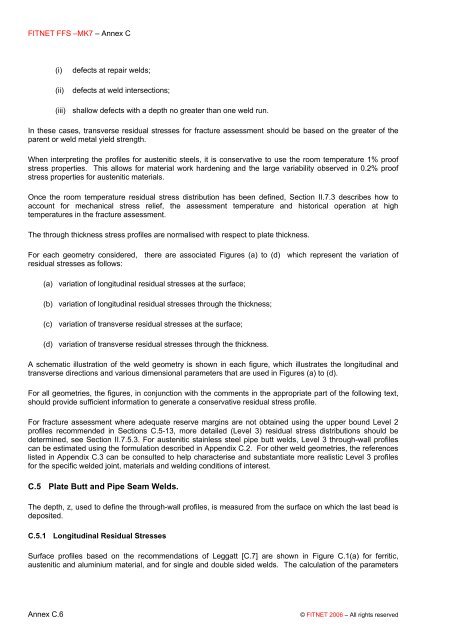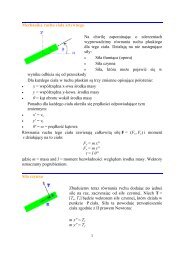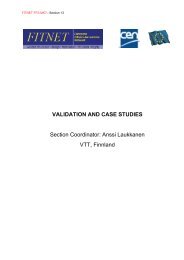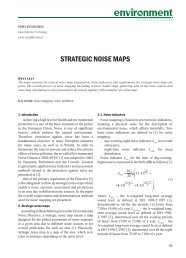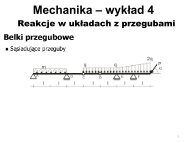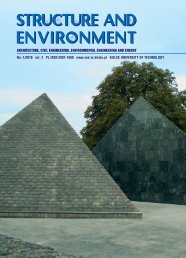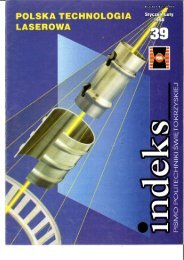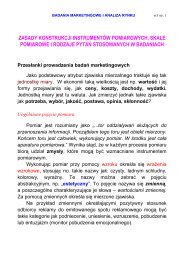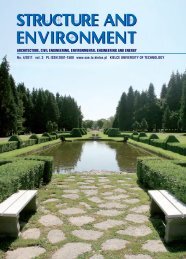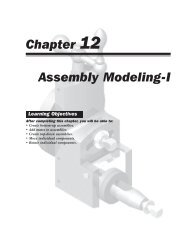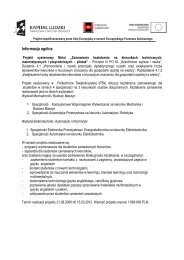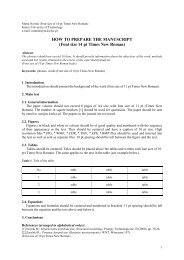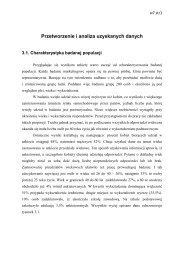You also want an ePaper? Increase the reach of your titles
YUMPU automatically turns print PDFs into web optimized ePapers that Google loves.
FITNET FFS –MK7 – <strong>Annex</strong> C(i)(ii)defects at repair welds;defects at weld intersections;(iii) shallow defects with a depth no greater than one weld run.In these cases, transverse residual stresses for fracture assessment should be based on the greater of theparent or weld metal yield strength.When interpreting the profiles for austenitic steels, it is conservative to use the room temperature 1% proofstress properties. This allows for material work hardening and the large variability observed in 0.2% proofstress properties for austenitic materials.Once the room temperature residual stress distribution has been defined, Section II.7.3 describes how toaccount for mechanical stress relief, the assessment temperature and historical operation at hightemperatures in the fracture assessment.The through thickness stress profiles are normalised with respect to plate thickness.For each geometry considered, there are associated Figures (a) to (d) which represent the variation ofresidual stresses as follows:(a) variation of longitudinal residual stresses at the surface;(b) variation of longitudinal residual stresses through the thickness;(c) variation of transverse residual stresses at the surface;(d) variation of transverse residual stresses through the thickness.A schematic illustration of the weld geometry is shown in each figure, which illustrates the longitudinal andtransverse directions and various dimensional parameters that are used in Figures (a) to (d).For all geometries, the figures, in conjunction with the comments in the appropriate part of the following text,should provide sufficient information to generate a conservative residual stress profile.For fracture assessment where adequate reserve margins are not obtained using the upper bound Level 2profiles recommended in Sections C.5-13, more detailed (Level 3) residual stress distributions should bedetermined, see Section II.7.5.3. For austenitic stainless steel pipe butt welds, Level 3 through-wall profilescan be estimated using the formulation described in Appendix C.2. For other weld geometries, the referenceslisted in Appendix C.3 can be consulted to help characterise and substantiate more realistic Level 3 profilesfor the specific welded joint, materials and welding conditions of interest.C.5 Plate Butt and Pipe Seam Welds.The depth, z, used to define the through-wall profiles, is measured from the surface on which the last bead isdeposited.C.5.1 Longitudinal <strong>Residual</strong> <strong>Stress</strong>esSurface profiles based on the recommendations of Leggatt [C.7] are shown in Figure C.1(a) for ferritic,austenitic and aluminium material, and for single and double sided welds. The calculation of the parameters<strong>Annex</strong> C.6© FITNET 2006 – All rights reserved


